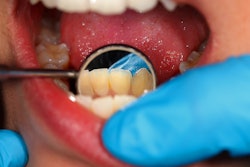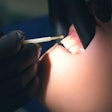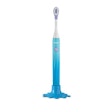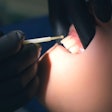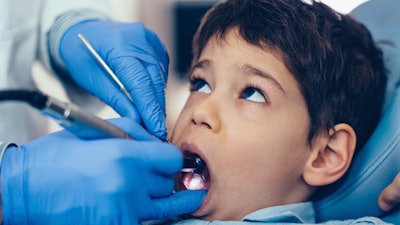
Maintaining adequate vitamin D levels may offer a certain protective effect against tooth decay in children and youth, according to a large U.S. study published on April 2 in the Journal of Public Health Dentistry.
The study is believed to be the first to explore the dose-effect relationship between vitamin D levels and dental caries. The results differ from recent studies that showed an inconclusive association between dental caries and vitamin D, the authors wrote.
“Vitamin D sufficiency may be a protective factor for dental caries,” wrote the authors, led by Dr. Rui Pu of Zhejiang University in China.
Inadequate vitamin D levels can cut the level of minerals, like calcium, in the blood that play an integral role in forming and developing bones and teeth. However, whether vitamin D deficiency may boost the incidence of tooth decay remains debatable. Many studies have investigated the relationship, but the results have been inconsistent, according to the study's authors.
To explore the relationship between tooth decay and serum vitamin D levels in children and youth in the U.S., researchers analyzed data gathered from 8,896 individuals ranging in age from 5 to 19 using the National Health and Nutrition Examination Survey (NHANES). The dataset spanned from 2011 to 2018.
Liquid chromatography-tandem mass spectrometry was used to determine serum 25-hydroxyvitamin-D (25[OH]D) concentrations in patients’ blood. Dentists examined the participants' teeth and made caries assessments. Statistical analyses also were performed, according to the study.
When the blood concentration of serum vitamin D exceeded 60 nmol/L, a protective effect against caries was observed. After adjusting for age, race, poverty-income ratio, and the total number of people in the family, the association between vitamin D levels and dental caries was significant (odds ratio = 0.99, 95% confidence interval: 0.99-1.00, p = 0.01). The researchers indicated there was a dose-effect relationship in which a 10 nmol/L increase in serum 25(OH)D concentrations was associated with a 10% reduction in caries.
However, the study had limitations, which should be considered when interpreting the findings. Since NHANES data originate from cross-sectional surveys, researchers can only calculate correlation but not prove causation.
Additionally, the data analyzed did not consider the interaction of vitamin D with other potential factors, including sugar consumption and toothbrushing, they wrote. In the future, more longitudinal interventional research should be conducted, the authors wrote.
“(Based on the results,) serum 25(OH)D is likely to reduce the prevalence of dental caries in children and youth,” Pu and colleagues concluded.





